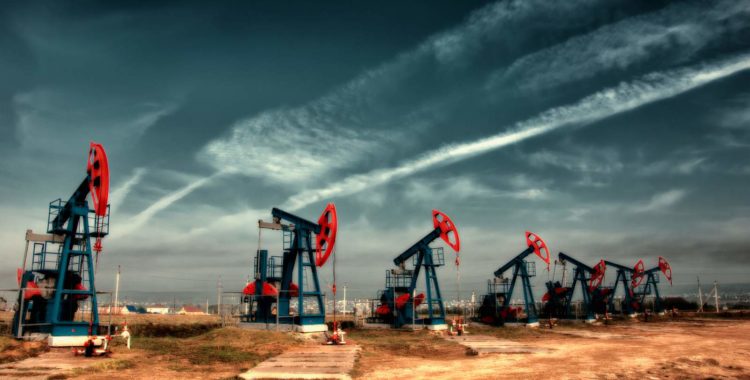Regulatory Update: Saltwater Disposal Wells and Increased Seismicity
Historically, Texas has not been known for any meaningful seismic activity. However, minor earthquakes have dramatically increased in recent years, particularly in the Permian Basin. In 2021 alone, west Texas experienced roughly 2,000 earthquakes, which was almost double the amount recorded in 2020. While many of these earthquakes have not caused any significant damage, there is a growing concern that this could change in the future.
This increase in seismic activity is believed to be linked to saltwater waste disposal (“SWD”) wells used by energy companies to dispose of the wastewater resulting from the use of oil recovery techniques. Typically, any saltwater or wastewater that is produced from the oil and gas recovery process is directed into specific wells and injected into geologic formations located safely below any ground water drinking zones, a common practice aimed at preventing future water contamination. Some of these deep formations contain fault lines where the pressure and the amount of water injected can cause fault slippage, which in-turn causes these seismic events. Some parties have theoretically linked the drastic rise of earthquakes to the increase of wastewater injection sites.
The oil and gas sector in Oklahama may provide a solution. Like Texas, Oklahoma has turned from dead zone to major hotspot for seismicity, and has experienced a surge of earthquakes linked to SWD wells. The Oklahoma Corporation Commission, the agency responsible for regulating oil and gas in the state, responded by implementing regulations limiting the development of SWD wells with the goal of significantly cutting back wastewater disposal by forty percent. These measures were followed by a steep reduction in earthquakes in the state and numerous studies on the link between the reinjection of saltwater and increased seismicity which confirm the effectiveness of the OCC directives.
The Texas Railroad Commission has followed suit by implementing its own restrictions in areas of the state experiencing high seismic activity, or Seismic Response Areas (“SRA”). The RRC’s plan of action in areas with high seismicity includes imposing voluntary actions like the reduction of maximum daily injection volume to 10,000 barrels per day, reduced maximum surface injection pressure such that MSIP is less than the pressure when the seismic activity occurred, or to 0.25psig/foot, and reduced variability of injection volume and injection pressure. If an operator declines to take voluntary action, the RRC may impose non-voluntary action under its authority to modify, suspend or terminate an injection permit for wastewater disposal if the injection is likely to be or determined to be contributing to seismic activity. Seismicity will be monitored by the RRC on a quarterly basis and these limitations are anticipated to last for at least a year. The Texas legislature has responded to the increase in seismic activity by creating the Texas Produced Water Consortium to study environmentally friendly and economically feasible uses for wastewater resulting from oil and gas production. However, the state’s response does not solve the problem of what to do with the excess wastewater which is still produced, forcing many operators to transport the wastewater elsewhere, which affects revenue and limits production, issues which may be the subject of litigation in the near future.
Kuiper Law Firm, PLLC specializes in oil and gas issues; if you have any questions about the information in this article, or how it applies to you and your operations, do not hesitate to contact us.

